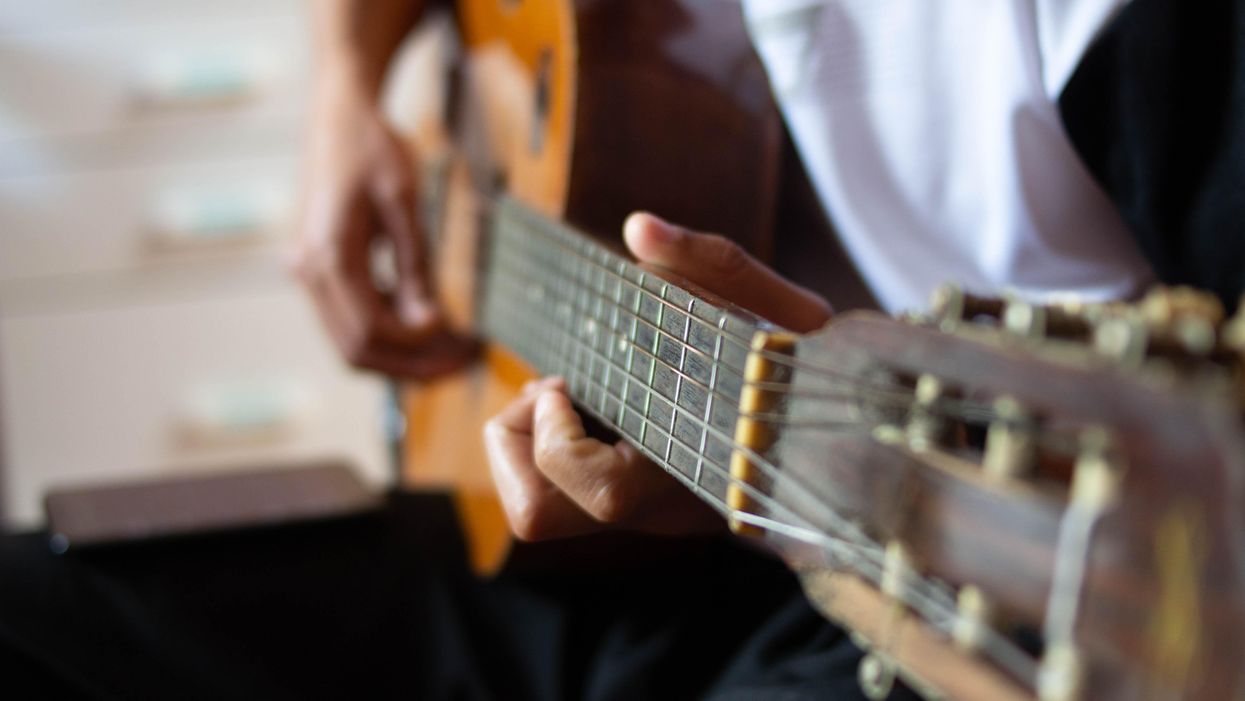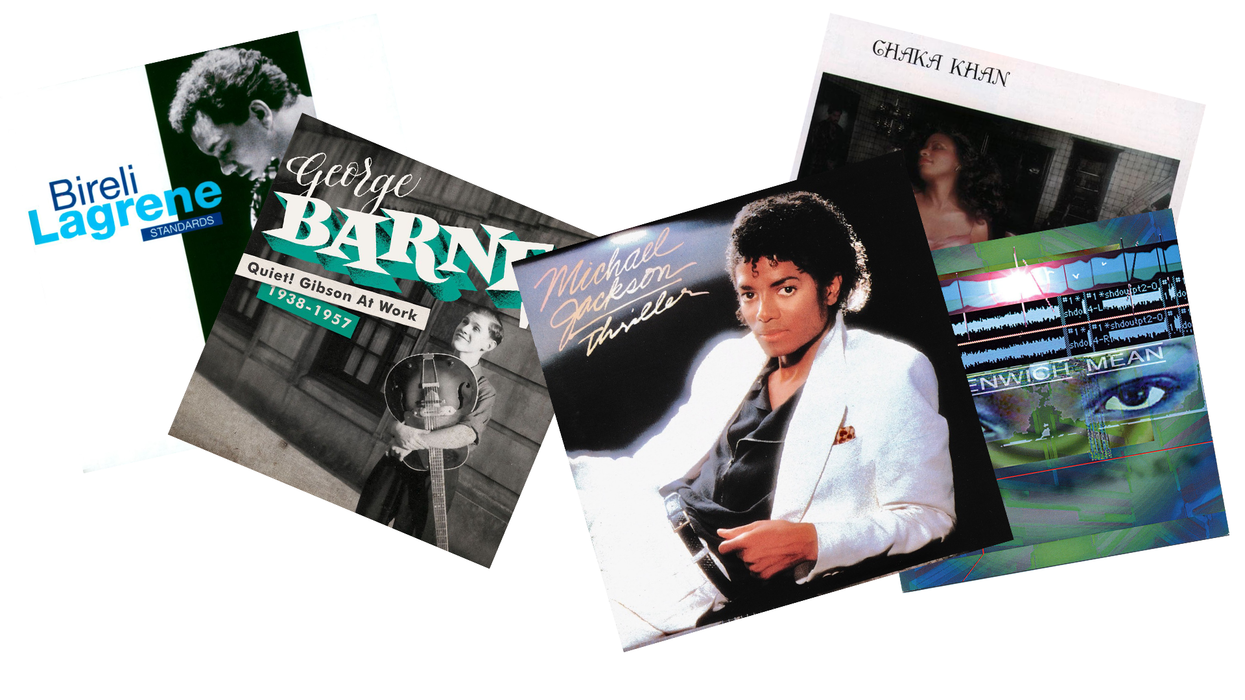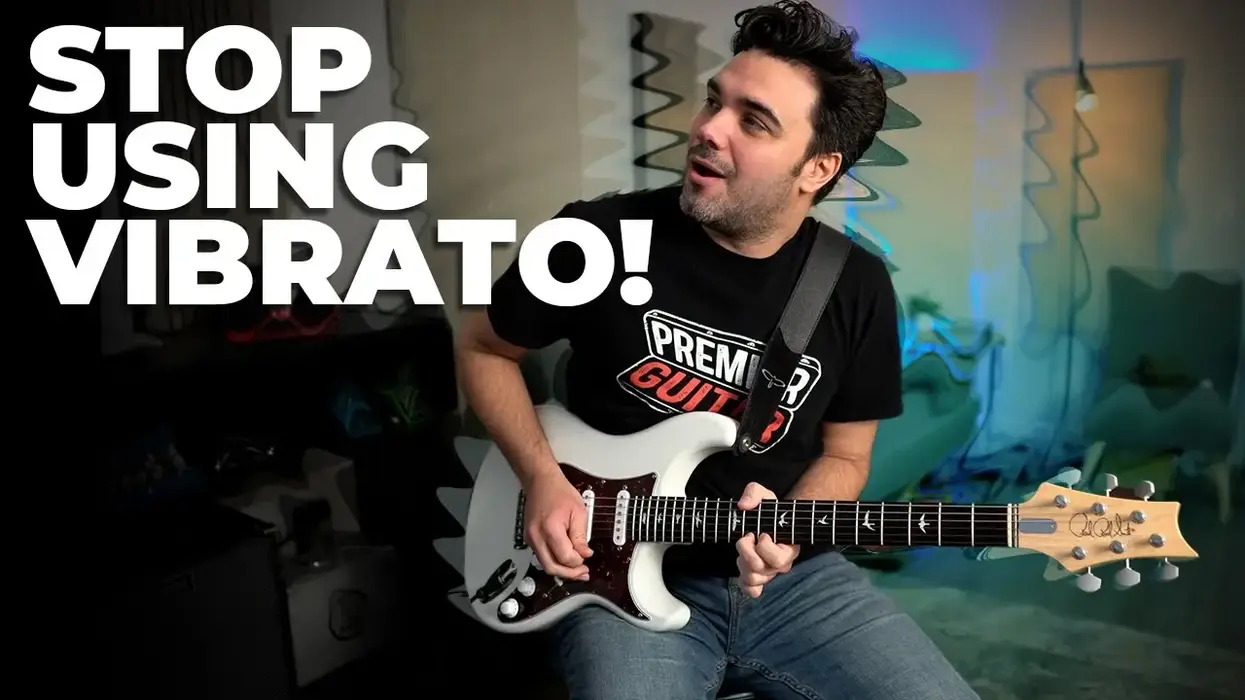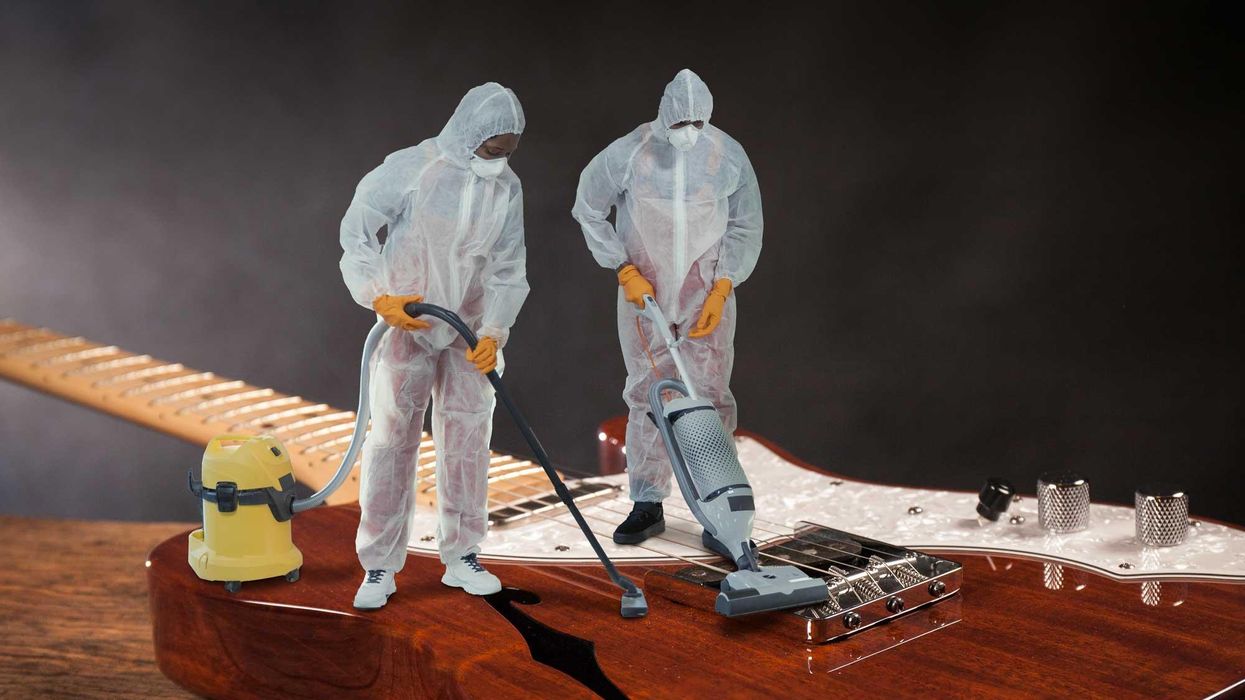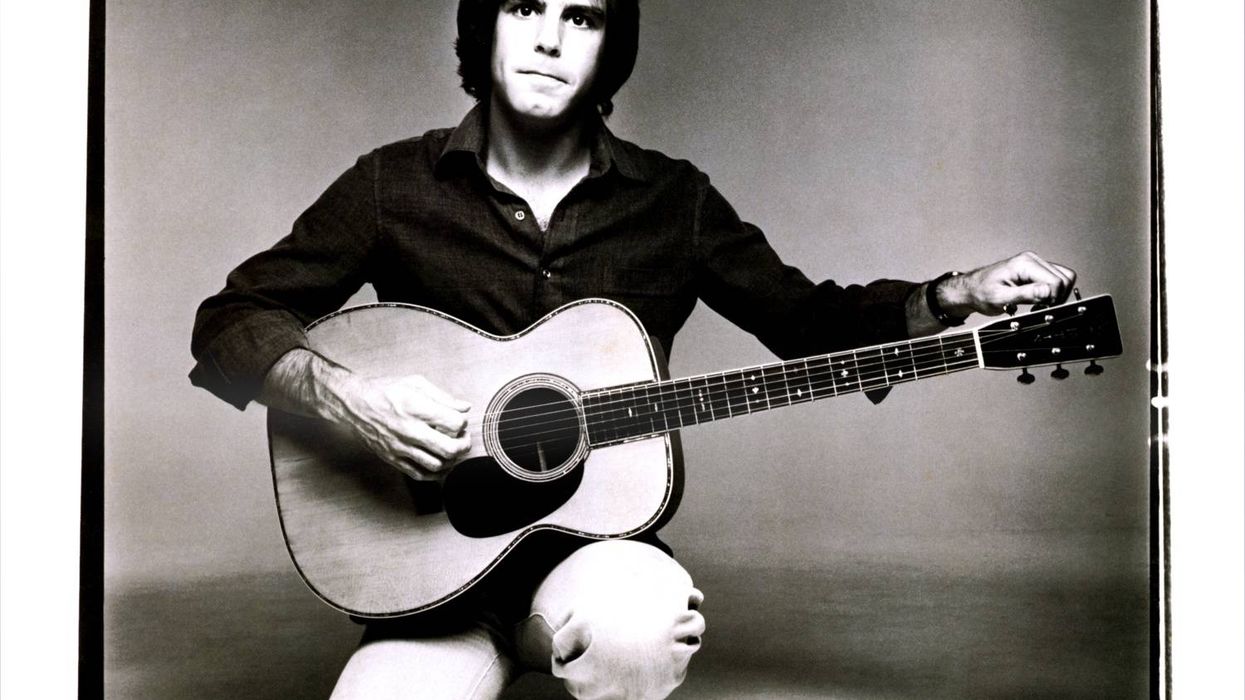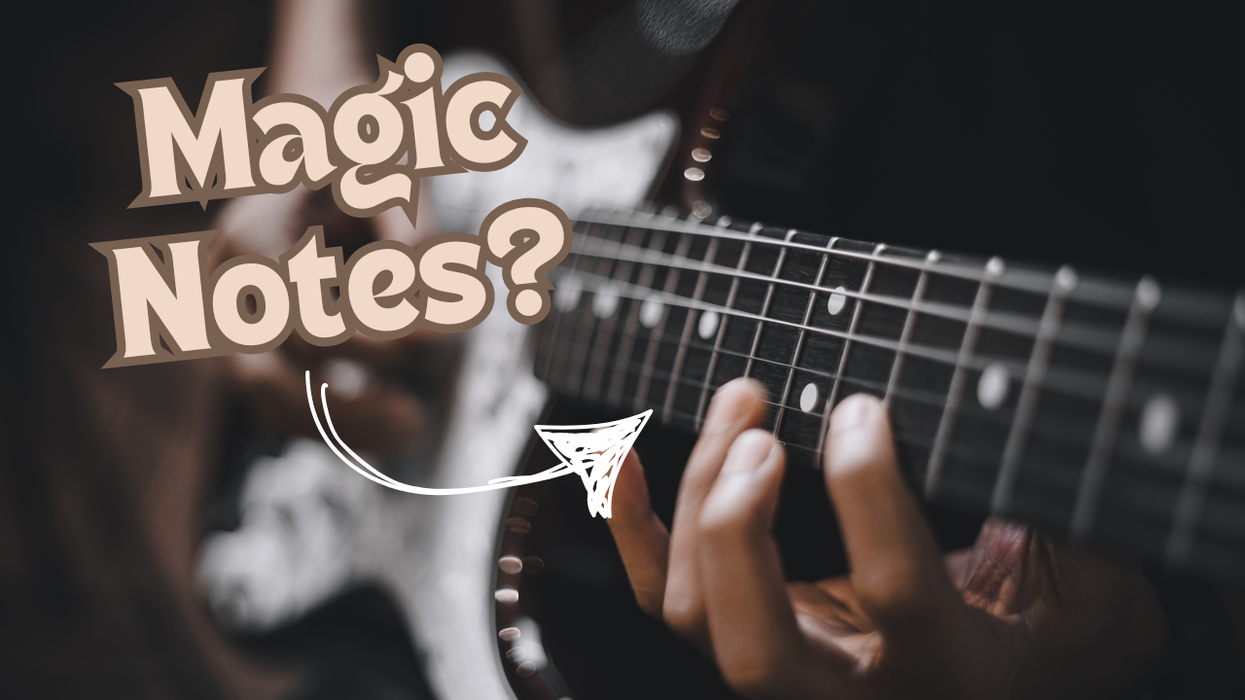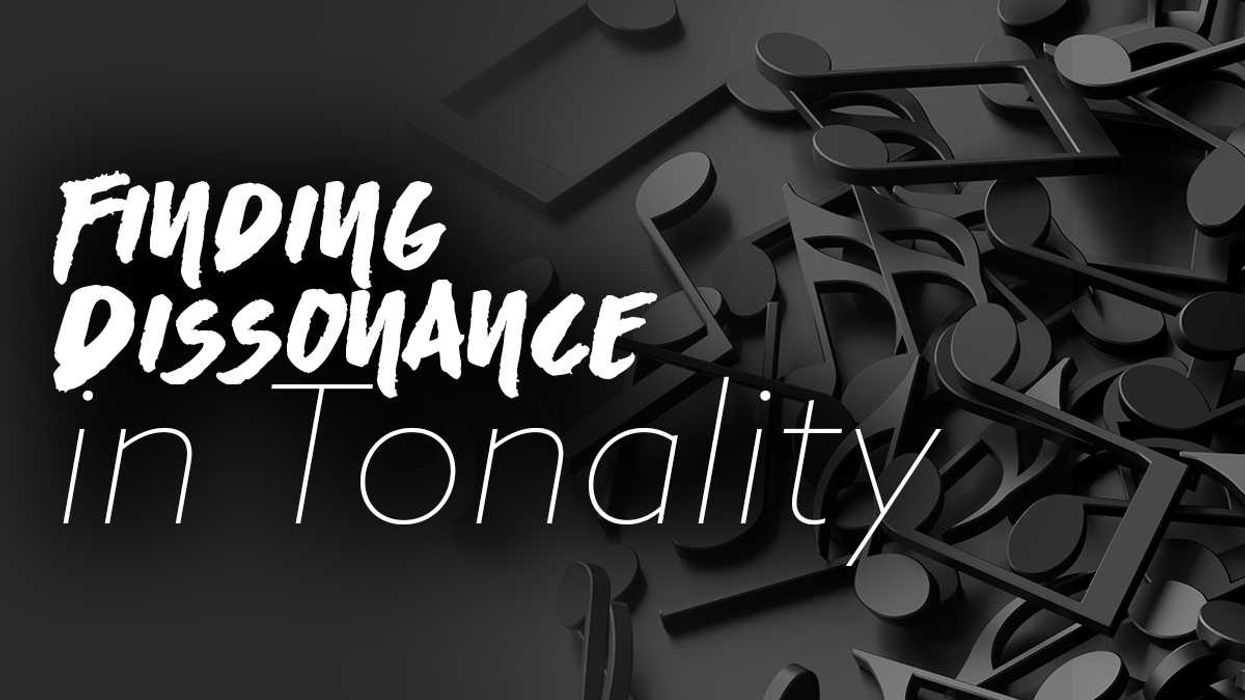Bach’s BWV 995 Sarabande is a special piece of music. It’s sparse, delicate, and deceptively complex even though it looks simple on the page! There are some approaches, informed by Baroque performance practices, that will open your ears to discovering your own musicality within Bach’s music. The piece doesn’t require advanced right-hand classical guitar technique. You can play with a combination of pick and fingers, or fingerstyle. This lesson is not so much about technique, but about the subtle nuances that bring the written note to life. With a little knowledge of Baroque performance practice, you can lend your own interpretation to Bach’s masterpiece.
We’ll be looking at the first eight measures. The Sarabande is a slow piece in triple meter. A metronome set between 40-50 bpm could help in feeling the space in between the notes but playing metronomically correct is not the point. It’s all about looking for elements of interpretation in the notation, relying on your ears, and allowing the internal energy of the music to guide you.
Jason Vieaux performs the Sarabande from Bach's Lute Suite BWV 995. This video was recorded live on March 9, 2008
In Ex. 1, you can hear me play the first eight measures in order to simply hear the character of the music and to get it under your fingers. At this stage on the electric guitar, I’ll make sure the notes are not ringing into each other. To do this, I dampen open-string notes with my fretting hand and quickly lift my fingers off of fretted notes to avoid sustaining them. Don’t worry, we will revisit the sustaining quality of the electric guitar as we make more personal choices with the interpretation later.
Now that we have the basics of the piece in our hands, let’s dig into the harmony (Ex. 2). On first look we have Am in the first measure, Dm in the second measure, Bdim in the third measure, and Am in the fourth measure. But there’s a harmonic twist on beat 3 of the first three measures. Each of these bass notes could suggest a different way to interpret the harmony.
For example, in measure 1, the F on beat three could suggest an Fmaj7 chord. However, the function of the bass note on beat 3 foreshadows the harmony of the next measure. Meaning, the F is suggesting that we’re moving to the D minor tonality. Imagine there’s no barline that separates the measures. Think of the music being written as a conversation between measures. Understanding these small details of the music will inform your interpretation.
Now, let’s talk appoggiaturas. An appoggiatura is a musical ornament. It’s technically defined as a dissonant note that is outside of the outlined harmony and is resolved into a consonant note by half-step or whole-step. For example, the dissonant G# in measure 1 resolves to the note A (Ex. 3).
An appoggiatura is executed with a slur, also known as a hammer-on. Try this on the G# to the A in measure 1. Now continue slurring the appoggiaturas in the rest of the example. Take a listen to how I emphasize the starting dissonant note of each appoggiatura by stretching it a little longer than the written value, I then resolve softly into the next note with a slur. In Baroque music, this is common practice: highlighting dissonance and resolving consonances softly. This gives the appoggiatura a sighing quality, like the human voice.
The next aspect we will discuss is pitch-led dynamics, meaning when there’s an ascending melodic line you rise the dynamic and when there’s a descending melodic line you lower the dynamic. In Bach’s music there are no dynamic markings, so much of your interpretation is dependent on your understanding of the melodic line.
Look at the notes on beat 1 of the first three measures in Ex. 4. Can you see the climb to the high B? Listen to how I gradually build the dynamics so that it peaks in measure 3 and I then proceed to lower the dynamic in measure 4. It’s the subtlety in dynamics that brings out the music.
Moving onto the next section, the first two harmonies are F major and G major (Ex. 5). In measure 7 Bach touches on three different tonal centers: C, F, and G. Then, there is a final resolution to a C bass note. Follow the dynamics implied by the descending shape of the melodic line by allowing the dynamics to diminish.
Now let’s work on the appoggiaturas in this section. In measures 5 and 6 there are descending appoggiaturas. Descending appoggiaturas are executed with a pull-off. Remember to highlight the dissonance and resolve the consonance softly. In measure 7 there’s both a descending appoggiatura on beat 1 and an ascending appoggiatura on beat 2. Take time to refine the appoggiaturas in this section of the piece (Ex. 6).
Play down this section again with your new understanding of the harmony, appoggiaturas, and pitch-led dynamics (Ex. 7). Are you starting to feel your own unique interpretation developing by applying these techniques? Remember, every player and every interpretation is unique. That is the beauty of playing this music.
Now, let’s consider the character of the electric guitar. The electric guitar tends to produce lots of sustain, so I often choose to let notes ring a little longer and into each other, which gives a more impressionistic quality to the music.
We can also add to the fun by using a reverb effect with a hall setting, which helps in recreating a cathedral-like space found in many Baroque lute recordings (Ex. 8). By setting the decay time on the reverb to around 2.5 seconds, the notes ring out even further creating interesting harmonic colors.
In measure 1, listen to how I let the very first note ring, and I hold on to the A note right before the F bass note on beat 3. This gives the effect of turning the measure into the Fmaj7 chord that I referred to earlier. While uncharacteristic of Baroque music, this brings out the sustain of the electric guitar and creates new harmonic pathways.
Listen to how I also let the last B note in measure 7 ring through into measure 8. This implies a Cmaj7 tonality. While a bit dissonant, I find it makes for an exciting resolution.
Bach’s music can be intimidating. But we can make this music personal by applying some simple Baroque performance practices. When we add the electric guitar’s sustain and some reverb to the creative mix, we can take Bach’s music into the present and create our own unique interpretations.


